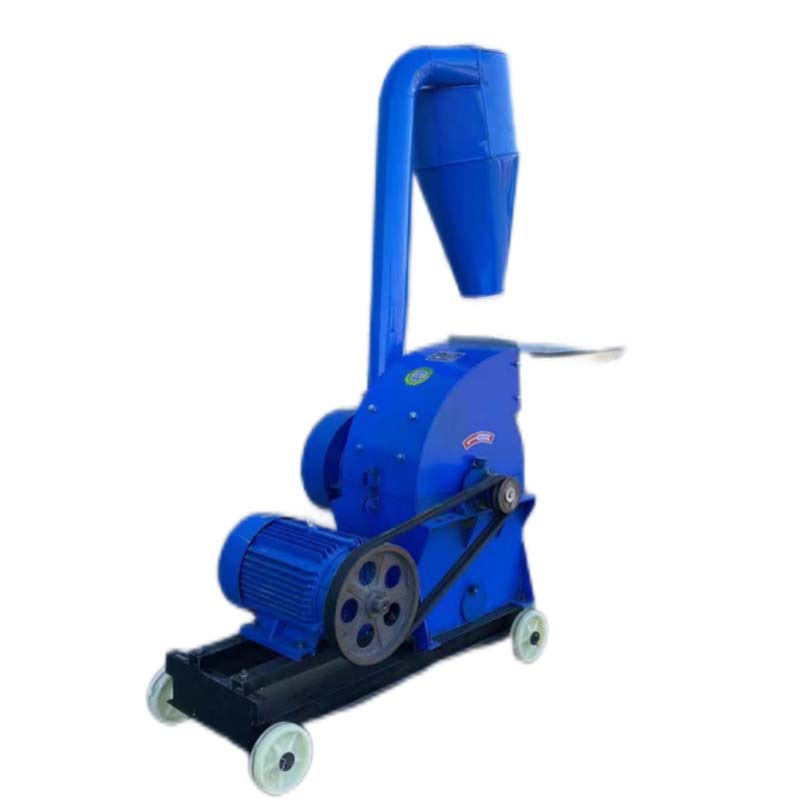evaporative cooling pads for greenhouse
Dec . 18, 2024 00:13 Back to list
evaporative cooling pads for greenhouse
The Benefits of Evaporative Cooling Pads for Greenhouses
As the demand for fresh produce continues to rise, greenhouse operations are becoming increasingly popular among both large-scale farmers and home gardening enthusiasts. However, maintaining optimal growing conditions in a greenhouse, especially during hot summer months, can be a challenging task. One effective solution that has gained traction is the use of evaporative cooling pads. These innovative systems offer a way to regulate temperature and humidity, creating a conducive environment for plant growth.
Understanding Evaporative Cooling
Evaporative cooling is a natural process that occurs when water evaporates. This process absorbs heat from the environment, resulting in a cooler atmosphere. In a greenhouse setting, evaporative cooling pads take advantage of this principle by introducing moisture into the air. As warm air passes through the wet pads, water evaporates and cools the air, which is then circulated throughout the greenhouse.
Key Advantages of Evaporative Cooling Pads
1. Cost-Effective Temperature Regulation One of the primary benefits of evaporative cooling pads is their cost-effectiveness compared to traditional air conditioning systems. They consume significantly less energy, making them an economically viable option for greenhouse operators looking to reduce operational costs without sacrificing plant health.
2. Improved Air Quality Evaporative cooling pads not only cool the air but also help maintain humidity levels within the greenhouse. Proper humidity is crucial for plant health, as it affects transpiration and nutrient uptake. By maintaining optimal humidity levels, growers can enhance plant growth and yield.
3. Sustainability In an era where sustainability is paramount, evaporative cooling pads stand out as an environmentally friendly cooling solution. They use water—an abundant resource in many regions—and do not rely on harmful refrigerants or chemicals. This aligns with the growing emphasis on sustainable agricultural practices.
evaporative cooling pads for greenhouse

4. Enhanced Crop Quality Consistent temperature and humidity levels contribute to high-quality crops. Evaporative cooling pads help reduce heat stress on plants, which can lead to issues like wilting, poor fruit set, or even crop failure. By keeping plants cool and hydrated, growers can optimize their production and improve overall crop quality.
5. Easy Installation and Maintenance Modern evaporative cooling pad systems are designed for straightforward installation and low maintenance. Many systems can be retrofitted into existing greenhouses without significant alterations, and regular maintenance typically involves cleaning pads and ensuring water quality, making them user-friendly for growers of all experience levels.
Factors to Consider When Choosing Evaporative Cooling Pads
When selecting evaporative cooling pads for a greenhouse, there are several factors to keep in mind
- Material and Thickness Cooling pads are commonly made from cellulose, aspen wood, or synthetic materials. The thickness of the pad also plays a role in cooling efficiency; thicker pads generally provide better cooling but may require more water. - Airflow Needs Understanding the specific needs of your greenhouse is essential. Factors such as the size of the greenhouse, types of crops grown, and local climate conditions will influence your choice of cooling pad and system design.
- Water Quality The effectiveness of evaporative cooling systems relies heavily on the quality of water used. Hard water with high mineral content can clog pads and reduce their efficiency, so water treatment solutions may be necessary.
Conclusion
Evaporative cooling pads offer a practical and efficient solution for managing temperature and humidity in greenhouses, ensuring optimal growing conditions for various crops. Their cost-effectiveness, sustainability, and contribution to enhanced crop quality make them an attractive option for growers of all scales. As more greenhouse operators look for ways to improve their practices and adapt to climate variability, evaporative cooling pads will likely continue to play a crucial role in modern agriculture. By understanding their benefits and considerations, growers can make informed decisions that will foster healthier plants and more productive harvests.
-
Automatic Feeding Line System-Pan Feeder Nipple Drinker|Anping County Yize Metal Products Co., Ltd.
NewsJul.29,2025
-
Hot Sale 24 & 18 Door Rabbit Cages - Premium Breeding Solutions
NewsJul.25,2025
-
Automatic Feeding Line System Pan Feeder Nipple Drinker - Anping County Yize Metal Products Co., Ltd.
NewsJul.21,2025
-
Automatic Feeding Line System Pan Feeder Nipple Drinker - Anping County Yize Metal Products Co., Ltd.
NewsJul.21,2025
-
Automatic Feeding Line System - Anping Yize | Precision & Nipple
NewsJul.21,2025
-
Automatic Feeding Line System - Anping Yize | Precision & Nipple
NewsJul.21,2025






